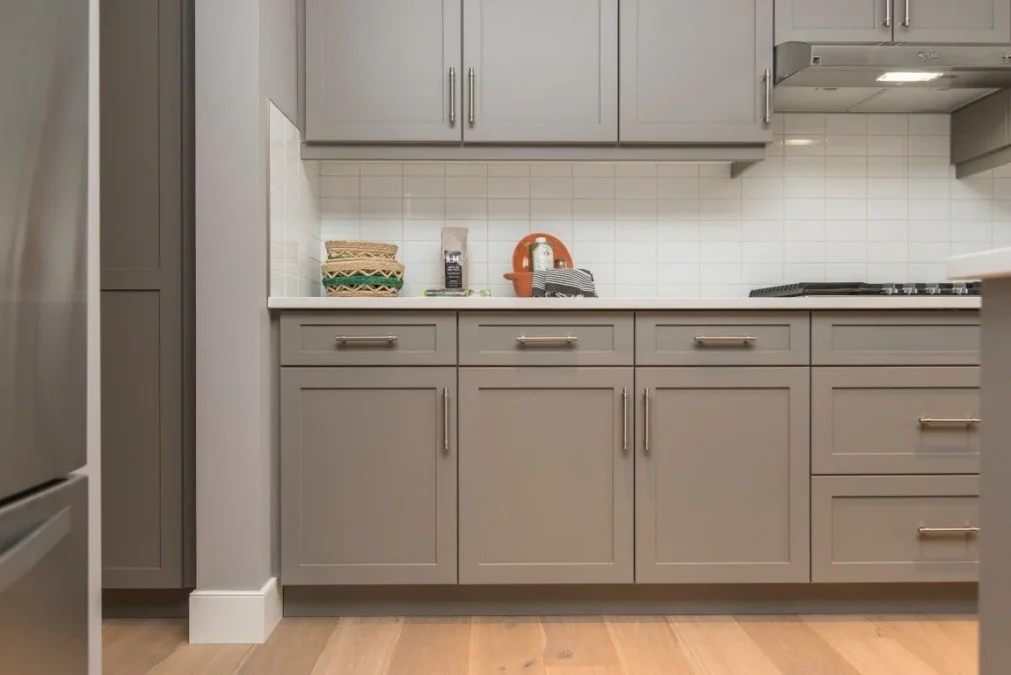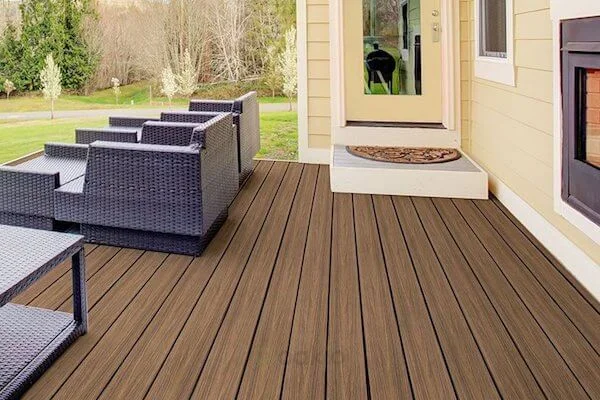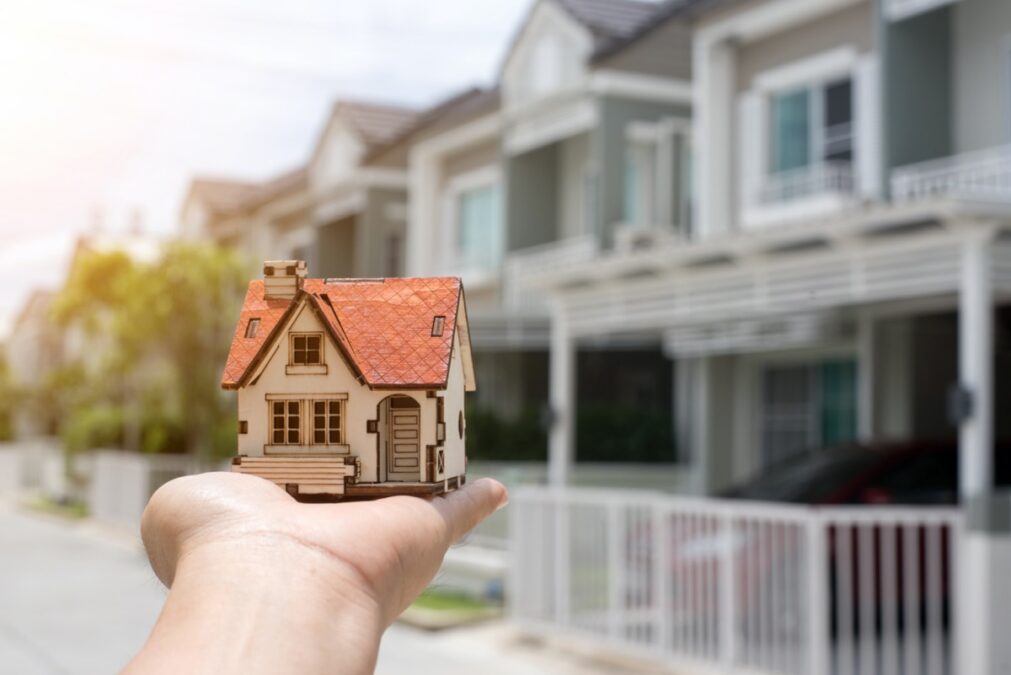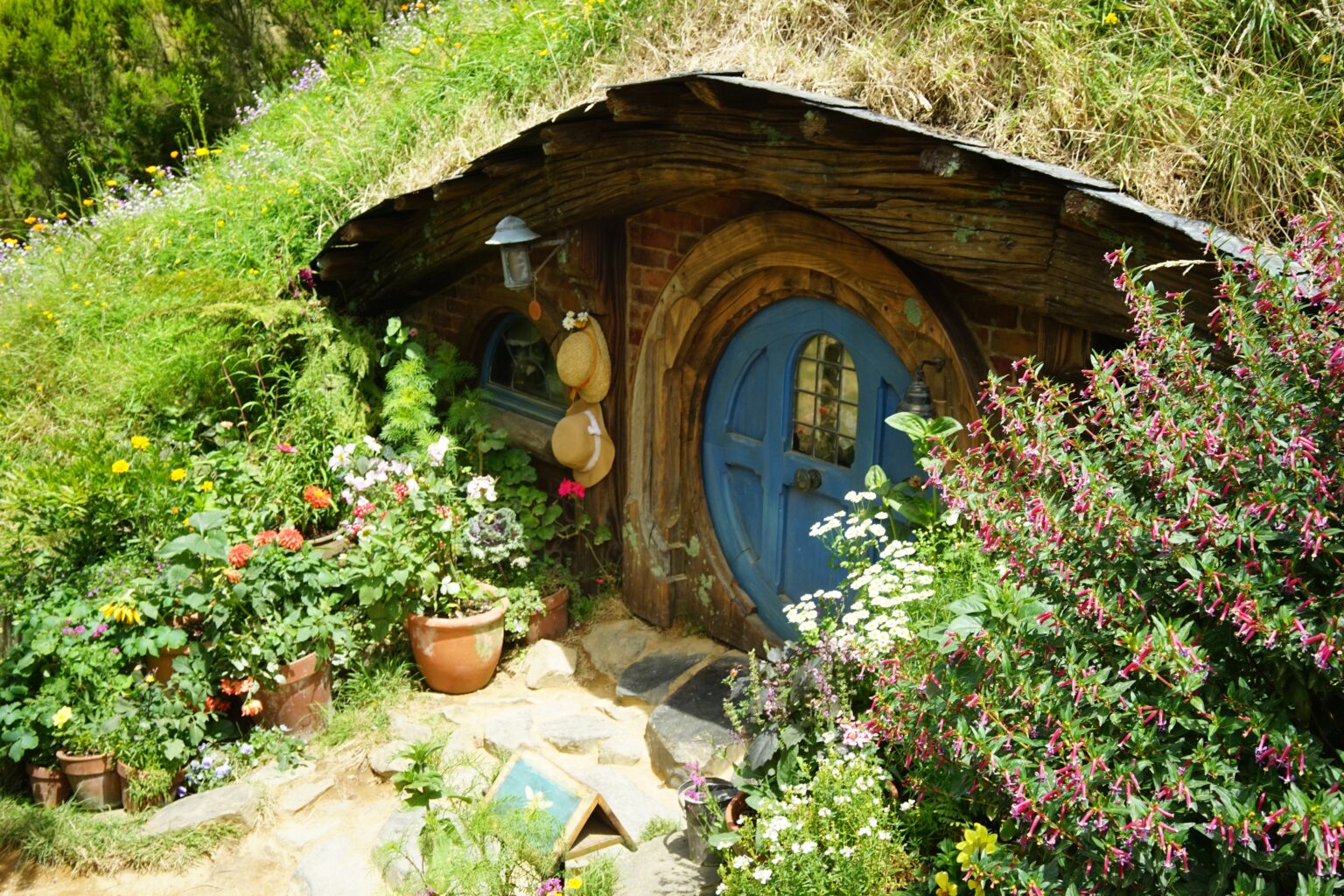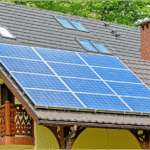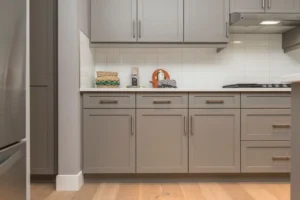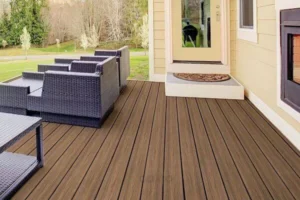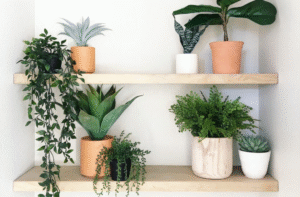Table of Contents
ToggleHave you ever dreamed of living in a cozy, earth-covered home that blends seamlessly into the landscape? Hobbit houses, inspired by the fantasy world of J.R.R. Tolkien’s “The Hobbit” and “The Lord of the Rings,” offer a whimsical yet practical housing alternative that is gaining popularity among eco-conscious and design-savvy homeowners. A hobbit house is typically characterized by its round doors, natural materials, and integration with the surrounding environment. These dwellings aren’t just for fans of Middle-earth; they offer real-world benefits like energy efficiency, sustainability, and unique aesthetic appeal.
In this article, we’ll explore everything you need to know about hobbit houses — from their history and architecture to modern-day examples and construction tips. Whether you’re considering building one or just fascinated by the concept, this comprehensive guide will cover it all.
What is a Hobbit House?
Origins in Fiction
Hobbit houses originated in the pages of Tolkien’s literature, specifically in the idyllic Shire where hobbits reside. The architectural style was brought to life in Peter Jackson’s film adaptations, with the Hobbiton movie set in New Zealand becoming a global symbol of fantasy architecture.
Real-World Interpretations
Modern hobbit houses are built into hillsides or covered with earth, often using eco-friendly materials such as stone, reclaimed wood, and green roofing. They emphasize harmony with nature and low environmental impact.
Architectural Features of Hobbit Houses
Curved and Rounded Design
Hobbit houses often feature round doors and windows, arched hallways, and soft, organic shapes. This design not only mimics natural forms but also provides structural integrity.
Earth-Sheltered Construction
One of the defining features is the use of earth sheltering — building partially or entirely into the ground. This natural insulation helps maintain a consistent indoor temperature year-round.
Natural and Sustainable Materials
Wood, cob (a mixture of clay, sand, and straw), and stone are commonly used. These materials not only reduce carbon footprints but also offer durability and aesthetic charm.
Benefits of Living in a Hobbit House
Energy Efficiency
Thanks to their earth-covered roofs and thick walls, hobbit houses retain heat in the winter and stay cool in the summer. This can lead to significant savings on energy bills.
Environmental Sustainability
By using natural materials and building techniques, hobbit houses reduce reliance on industrial resources. Green roofs can support plant life and reduce stormwater runoff.
Unique Aesthetic and Comfort
Their cozy, storybook appearance is charming and welcoming. The natural materials and design elements create a peaceful, grounded living environment.
How to Build a Hobbit House
Planning and Permits
Before starting construction, check local building codes and zoning laws. Earth-sheltered homes may have unique requirements, including structural load considerations and drainage systems.
Choosing a Site
Ideally, the site should have a slope or hillside to support the earth-sheltered design. Southern exposure maximizes passive solar heating.
Design Considerations
Work with architects or designers familiar with sustainable architecture. Key factors include ventilation, waterproofing, natural light, and insulation.
Construction Materials
Use cob, rammed earth, or even prefabricated modular domes. Green roofs require proper layers for drainage and root protection.
Cost Estimates
Building a hobbit house can range from $20,000 for a DIY cob hut to $200,000+ for a custom-designed eco-home. Costs vary based on size, location, materials, and labor.
Famous Examples and Case Studies
Hobbiton, New Zealand
Originally created for the film trilogy, the Hobbiton movie set in Matamata, New Zealand, remains a major tourist attraction. Although not livable, it’s a vivid representation of hobbit architecture.
Green Magic Homes
This company offers prefabricated, modular hobbit-style homes with fiberglass shells and green roofing. Their designs are customizable and relatively easy to install.
Simon Dale’s Low Impact Woodland Home
Located in Wales, this self-built hobbit house used local and recycled materials and cost around $5,000 to construct. It’s a prime example of affordable, sustainable living.
Challenges and Considerations
Moisture and Ventilation
Earth-sheltered homes are prone to moisture retention. Proper drainage, vapor barriers, and ventilation systems are essential.
Limited Natural Light
Because hobbit houses are often partially underground, strategic window placement and skylights are necessary to ensure adequate light.
Accessibility
The organic shapes and sometimes uneven terrain may not be ideal for individuals with mobility challenges.
Hobbit Houses as Airbnb Rentals
More homeowners are turning their hobbit-style dwellings into vacation rentals. These unique stays attract eco-tourists, fantasy fans, and those seeking off-grid experiences. Airbnb listings around the world, from the U.S. to Colombia, showcase a wide variety of hobbit houses.
Where to Buy Hobbit House Kits
Green Magic Homes
Offers modular kits for small and medium-sized hobbit houses. Their kits include shell modules, waterproofing, and ventilation options.
Hobbitat Spaces
A U.S.-based company that builds and delivers compact, earth-integrated living spaces inspired by hobbit dwellings.
Interior Design Tips for Hobbit Homes
Use Natural Elements
Incorporate wood, stone, and clay throughout the interior. Handmade furniture and fixtures enhance the rustic charm.
Round Openings and Nooks
Stay true to the hobbit style with curved doorways and cozy window nooks. Built-in benches and shelves add functional charm.
Soft Lighting
Opt for warm, ambient lighting to maintain the cozy, grounded atmosphere. Lanterns and pendant lights work beautifully.
Conclusion
Hobbit houses are more than just whimsical homes from a fantasy tale — they represent a sustainable and aesthetically pleasing lifestyle rooted in harmony with nature. Whether you’re planning to build one or simply dreaming of life in the Shire, these homes inspire a new way of thinking about living spaces. From their energy efficiency to their distinctive design, hobbit houses offer a unique and eco-friendly alternative to conventional housing.

